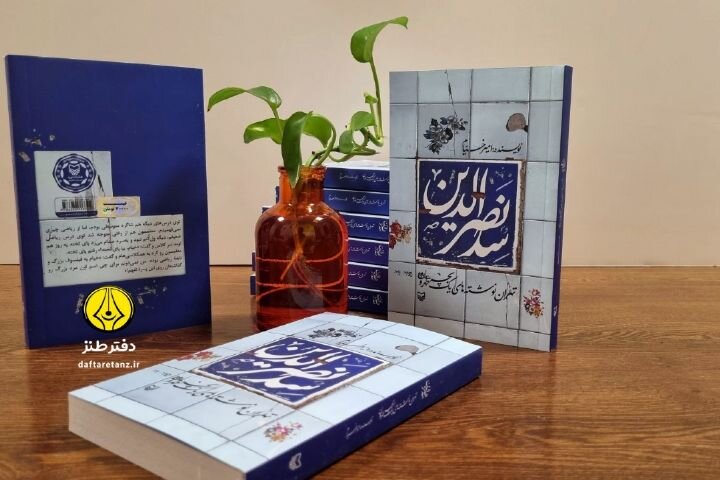Tehran's oral history as told by a local

The way of life in Tehran in the 1960s and 1970s had some unique mannerisms and customs, some of which were impacted by the ancestors' approach, and others of which depended on the circumstances of the time and caused Tehran residents to choose different ways of life in accordance with their specific cultural, social, and economic circumstances.
As a result, some famous neighborhoods stood out from other neighborhoods by having their own distinctive culture. The Sed Nasr al-Din neighborhood, which is now in the center of the city, was once one of Tehran's central neighborhoods and has had a distinct social culture ever since, and this book is about this neighborhood and the residents.
The book's story is written in a style that combines memories with fiction. The author provides a brief overview of himself, the home where he was raised, and the people who lived there in the book's introduction. The tenants, who are comparatively long-term, are at the center of the story, as well as their habits and everything that happens to them during that time.
The story's characters and character development are excellent, especially those of "Azizjoon," the main character's aunt and the home's owner, "Ousta Bagher," and "Mashhadi Hussain."
The story has a very exciting and amazing tone, which makes reading it even more enjoyable. The author did his best to portray daily life in Tehran from various angles, including the people's jobs, art and theater, obsolete tools, and even their diets.
Along with the nostalgic memories that one often misses, the author also discusses some of the societal issues of the era in a humorous tone, making it seem less bitter and possibly humorous.
